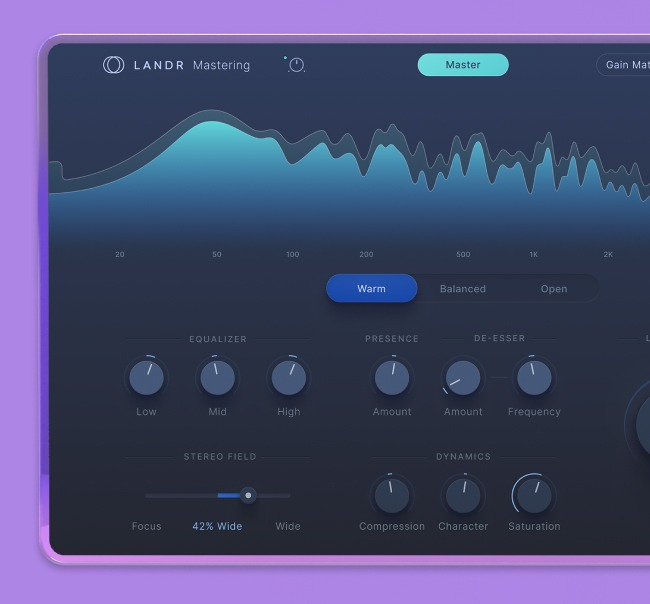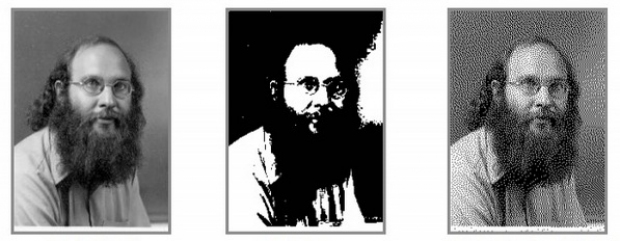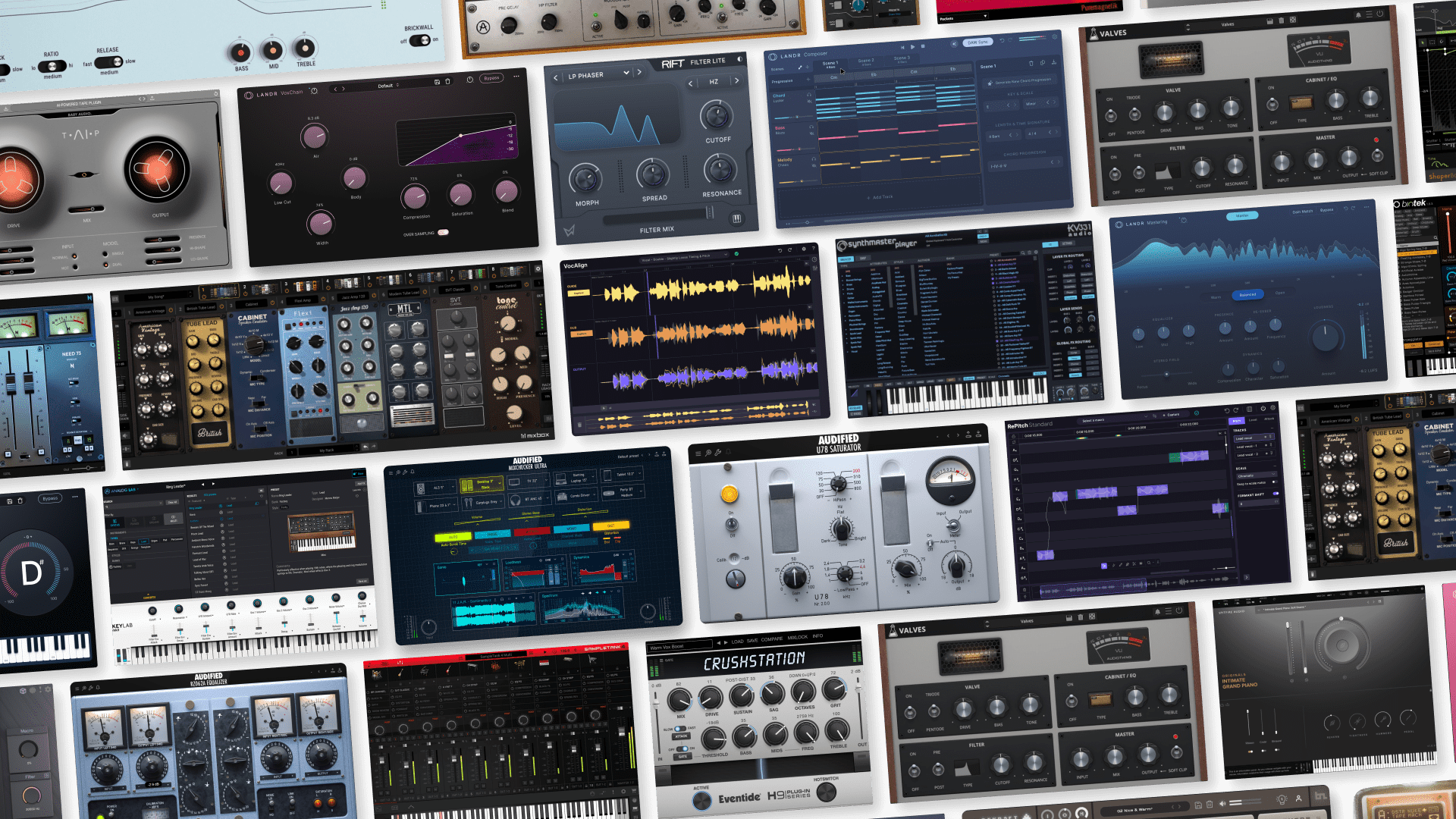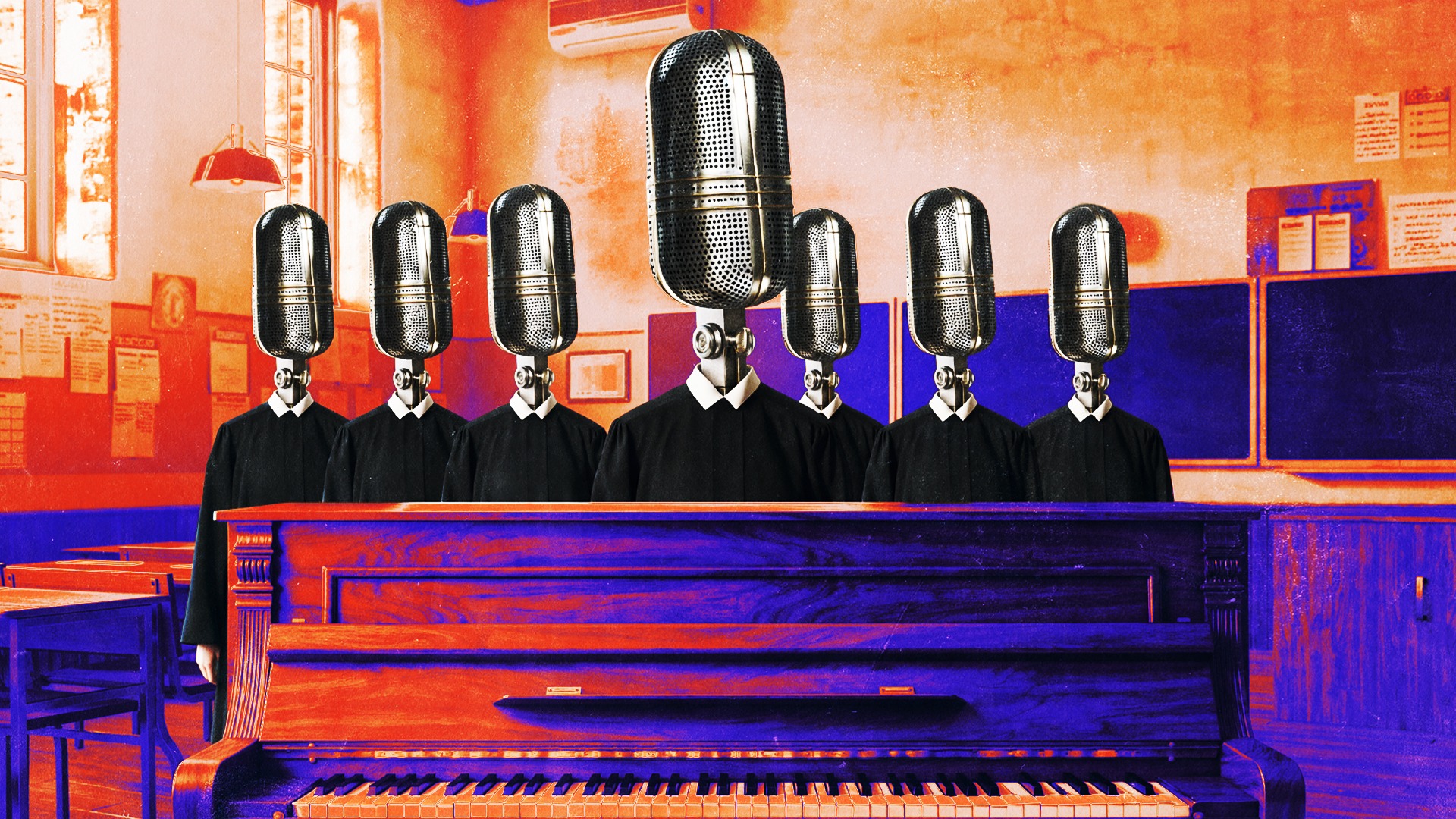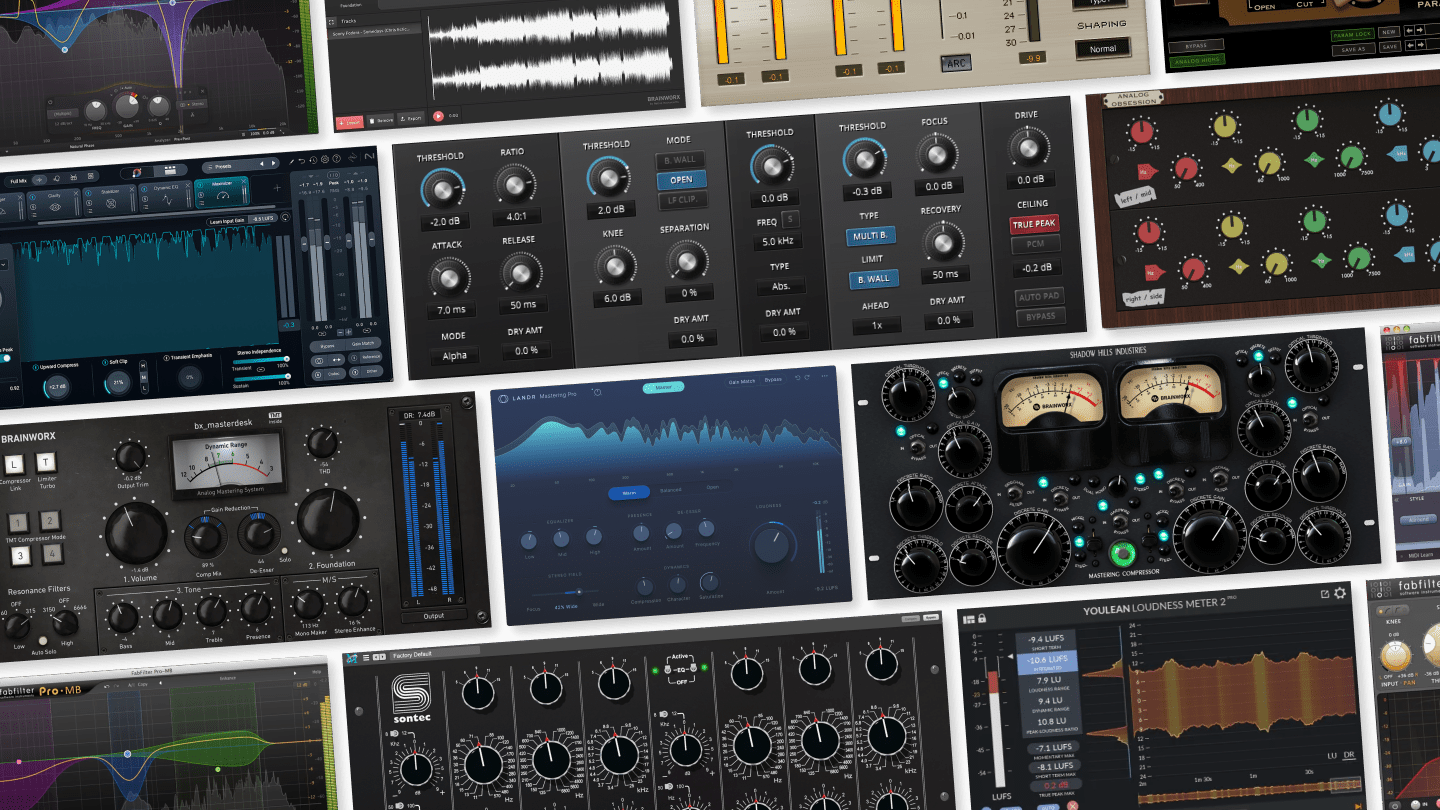
What is Audio Dither and When Do You Use It?
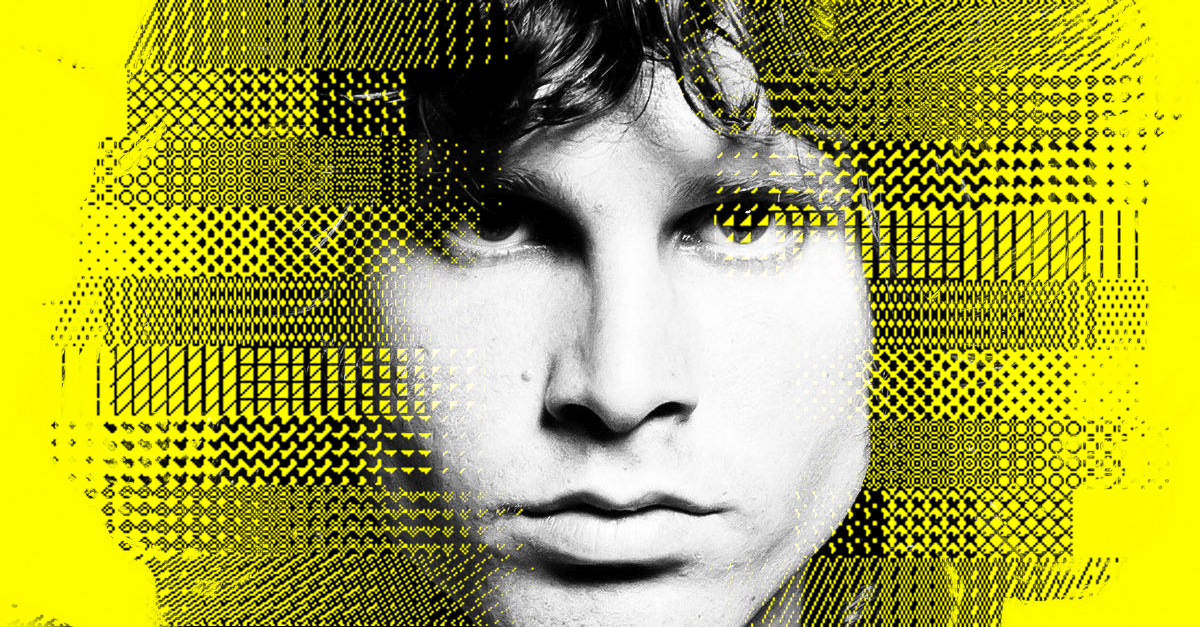
There are a few topics out there that never fail to get engineers ranting and raving. Y’know, topics like loudness, compression, mastering and...
Dithering.
Audio Dithering can be an intimidating subject—it has a lot to do with the fundamentals of digital audio.
But applying dither correctly is incredibly simple and easy. Once you know what you’re doing and why you’re doing it, you’ll never have to stress about whether to dither or not again.
What is dithering in audio?
Dither is low level noise added to your audio to reduce errors when changing bit depth.
I know what you’re thinking, “How can adding noise make my recordings sound better? Isn’t noise a bad thing?”
It all goes back to the recording process. Digital audio workstations (DAW) record in a certain audio resolution—just like image resolution, it refers to how much information a sample can hold. For pro quality recording, the resolution is usually 24-bit.
But some audio formats are only 16-bit resolution. When you export your audio, your DAW needs to fit the data in a smaller space.
That can affect the quality through something called quantization error, which is essentially when values must be rounded up or down, resulting in signal noise and distortion. Adding dither in audio prevents rounding errors, minimizing the distortion.
Rounding accurately is easier said than done in the digital domain. There are multiple rounding methods that each have pros and cons in terms of how accurately they can represent the original number. But after all, you’re trying to squeeze more digits into a smaller container, so some precision will always be lost. That’s quantization error! Quantization error always occurs in the last digit of the binary word since that’s the one affected by rounding. That means that noise and distortion introduced by rounding error is extremely quiet—but still present. Dither helps fix it.
Got it? Don’t worry—we’ll go over it in more detail below. But first…
A brief history of dither
Dither isn’t just an audio term—and the noise it adds is really more like random variation.
In fact, the word dither means “nervous vibration.” It comes from how it was discovered.
Engineers found that mechanical aircraft computers performed more accurately in flight than on the ground.
The vibration from the plane’s engine actually helped increase the accuracy of the sticky moving parts in the machines.
The noise that audio dithering adds to your tracks works the same way. It helps increase the accuracy of your digital audio files.
A complete history of mastering.
What does dithering do?
Imagine you’re recording a singer with a microphone. The mic picks up the sound waves and converts them to an electrical signal. That signal is a changing voltage that follows the peaks and valleys of the sound wave as it swings from positive to negative. Your audio interface converts the electrical signal to a stream of digital audio that your DAW can store as a file on your hard drive. To convert the analog signal to digital and back again for you to hear it, your interface includes two major components, an ADC (analog to digital converter) and DAC (Digital to analog Converter).
Picture ADC as the guy who takes the smooth, wave-like sounds (analog) and turns them into digital bits and bytes that our tech can read and play. DAC, on the other hand, flips the script, turning those digital bits back into smooth waves for our speakers and headphones.
Now, during the ADC process, quantization errors sneak in because the analog sound is super smooth and continuous, while digital is more like a lot of tiny steps trying to mimic that smooth curve. Imagine trying to draw a smooth curve using only straight lines – there will be tiny gaps or overlaps, right? These are our quantization errors.
So, where does dithering step in? It gently sprinkles a bit of noise (think soft static) over the digital sound during the ADC process. This might sound counterintuitive, adding noise to make something sound better, but this soft noise actually helps smooth out those little digital steps, reducing those errors and giving us a sound that’s closer to the original analog wave when it’s played back by the DAC.
In a nutshell: ADC, DAC, and audio dithering are like a trio in the backstage, ensuring the music reaches our ears as beautifully and authentically as possible, preserving those vibes we all love in our favorite tunes!
When to use dithering?
Before we get too far into the nuts and bolts, let’s start with the best practices.
Follow these three guidelines and dithering won’t cause you any trouble:
- Don’t change file types unless you absolutely have to. If you tracked at 24-bit/44.1kHz, just stay there! If for some reason you need to downsample, be sure to dither during conversion.
- Save dithering for when your files are headed outside of your DAW. Dither only once—during export.
- If you’re sending your files for mastering, leave dithering out if you can export 32-bit float files. In this case, the mastering process will take care of dither for you. When you export anything other than 32-bit float, you have to dither. That includes when you bounce files that are the same bit-depth as the ones you recorded.
When NOT to use dithering
The dithering option should always be turned off in your DAW unless you’re bouncing files to smaller audio resolutions. And you should avoid doing that whenever possible.
That’s it! If you never want to think about audio dither again you can stop right here and get back to your latest project. But if you’re still confused, or if you want to know why you should follow these rules, read on.
I’ll go through everything you ever wanted to know about dither but were afraid to ask.
Bit-depth
Let’s start at the beginning. We’re talking about digital audio here!
The files your computer creates when you record are digital representations of the analog signals created by whatever you plug into your audio interface.
Before you start recording, you have to choose a sample rate and bit-depth for your DAW session. When you select the bit depth, you’re actually choosing the accuracy of the files you create during recording. Higher bit depth improves audio quality.
When you select the bit depth, you’re actually choosing the accuracy of the files you create during recording.
Each additional bit increases the resolution that your ADC (analog-to-digital converter) has to measure the level of an incoming signal.
That’s why we recommend you record 24-bit files for LANDR mastering. They’re the best option available in most DAWs.
Reducing the effects of error
Once your files are in your DAW, lowering the resolution is tricky. Reducing the bit depth will introduce digital error if you’re not careful.
But you’ll have to do it at some point in your process. And that means you’ll need audio dithering. Here’s why…
Your DAW makes the calculations that power your faders, busses, and plugins at a higher resolution than your audio files.
Your DAW makes the calculations that power your faders, busses, and plugins at a higher resolution than your audio files.
That means that unless you’re exporting your files in 32-bit float, you’ll be lowering the resolution of your tracks when they leave your DAW—and introducing error!
Error in your digital files has real-world consequences for how your tracks sound. It can translate to harsh noise and distortion.
This distortion only happens in the quietest part of your system’s dynamic range, but proper dithering fixes it!
Visualizing error
To better understand audio dithering, let’s see what error looks like in an image, which is just another kind of digital file.
- The image on the left is the original. It’s like the file you recorded into your DAW at full resolution.
- The middle one is like taking those pristine files and dramatically reducing their bit depth. It’s pretty hard to recognize the image.
- The one on the right has been reduced the same amount, but this time with dither applied.
It looks a lot better! But how can dither make a low-resolution image look better?
When we reduced the resolution, we had to throw out a lot of the information in the file that allowed us to see the detail.
How that information gets thrown out is why audio dithering is important. Keeping the errors to a minimum has a big impact.
Let’s look at exactly what happens when bit-depth reduction gets rid of information in your audio files.
Rounding and truncating
[adbutler zone_id=”291816″ secure=”1″ type=”asyncjs”]
Imagine we have to change 24-bit files into 16-bit ones. To make them fit, all the information from the original 24-bit files has to go into the 16-bit spaces.
That means something has to get left behind. But how can you do the least damage?
The first option is to simply cut the numbers off to make them fit. This is called truncation and it’s the least accurate way of solving the problem.
Instead of just cutting the numbers off, we can try rounding them up or down to get closer to representing the 24-bit audio in 16-bits.
But what happens when the number you need to round is right in the middle? You could try a rule of thumb—say you decide to round up every time you encounter a number right in the middle.
This way at least you’ll be correct some of the time. The trade-off is that you know you’ll be wrong just as often! This is called rounding error.
The noise (or random variation) that dither adds essentially randomizes the decision to round up or down.
After dithering, the distortion that would be created by truncation or rounding has a much less detectable effect.
After dithering, the distortion that would be created by truncation or rounding has a much less detectable effect.
Dithering Heights
All this business with rounding and error may seem completely academic, but correct dithering can make a difference in your final product.
So, what is dithering in audio? At the very least, adding dither at the correct point in your project is the closest thing you can get to improving your mix with one click, even if it’s just a small improvement.
As an engineer you should strive for the best possible sound you can—and not miss any opportunity to make it better.
Now that you know your way around audio dithering, get back to your DAW and bounce some tracks. Need more help with mixing and mastering principles? Join the LANDR community for exclusive access to plugins, tips and tutorials.
Gear guides, tips, tutorials, inspiration and more—delivered weekly.
Keep up with the LANDR Blog.
